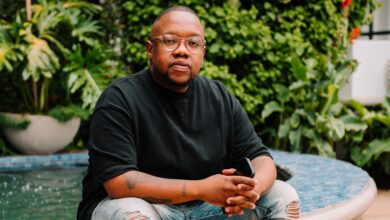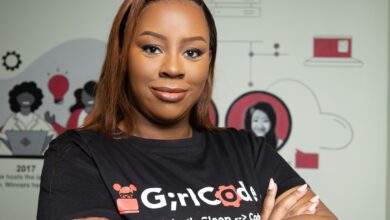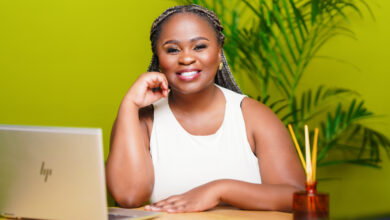CloudHaus Founder, Jared Fynn On Redefining Furniture Design Through Innovation
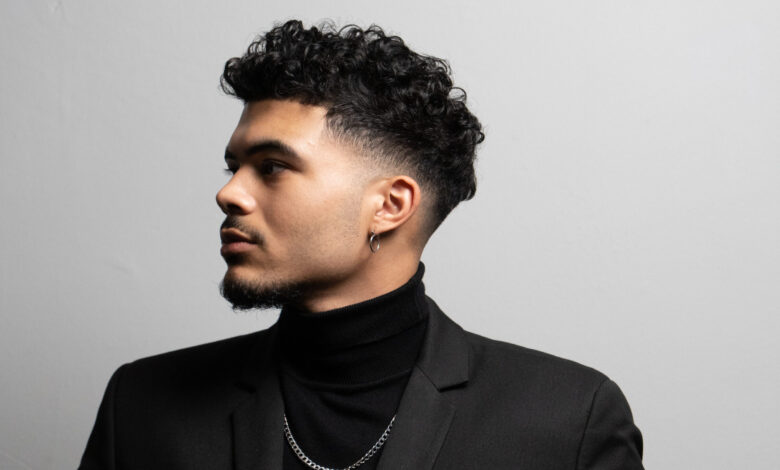
In today’s rapidly evolving world of design, few brands stand out like CloudHaus, a pioneering force at the crossroads of comfort and architectural precision. We had the privilege of sitting down with the visionary founder of CloudHaus to delve into the inspirations, challenges, and innovations that define his unique approach to furniture design. Join us as we explore the mind behind CloudHaus, a brand that is not only creating beautiful furniture but also inspiring a new generation of designers to dream big and push the boundaries of what’s possible in design.
Why did you choose the name “CloudHaus,” and how does it reflect your brand’s identity and vision?
My philosophy as a designer has developed over time and today i find myself interested in the idea of finding new space in-between two ideas, think of the interception point between two circles – and the new space im exploring right now through furniture is between comfortable human centric design, embodied by the idea of “”cloud”, and technical and architectural design, embodied by Haus – a reference to the BauHaus movement and german engineering. Both a big inspiration for me.
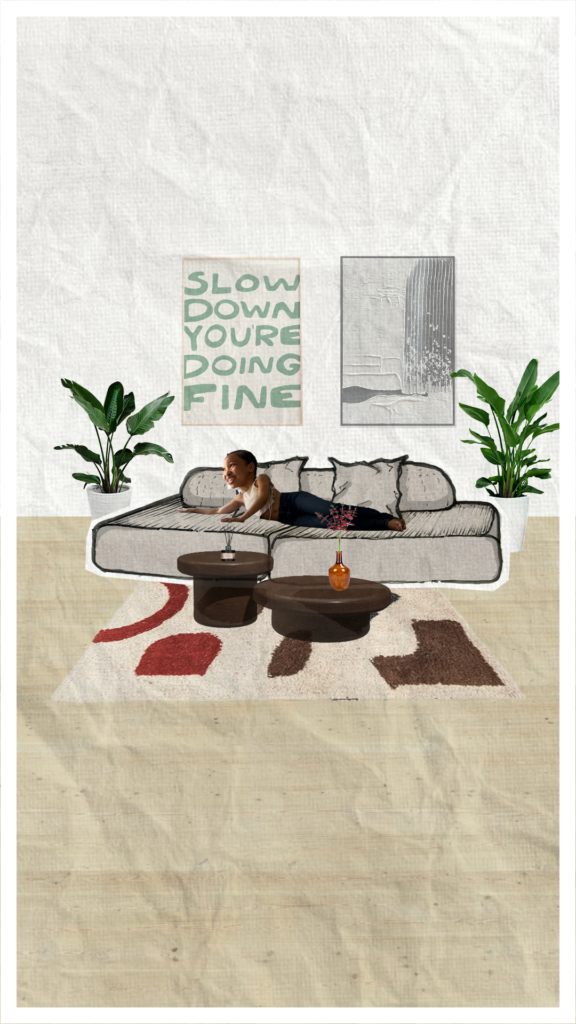
How have you been able to integrate your background in architecture with furniture design at CloudHaus?
It comes through on a daily basis from the hand drawn concept sketches, to building miniature scale models to 3d modeling of the final product for CAD drawings. I see furniture design as scaled down little buildings and when my team and i manufacture, i need to play architect to make sure every member of the team is inspired and brings the idea through from concept to the final product. My background is always present.
What were some of the biggest challenges you faced when starting CloudHaus, and how did you overcome them?
Like any entrepreneurial venture, the fact of the matter is you’re doing everything yourself in the beginning. So for me, i grew up in a generation where content creation and branding comes natural, however having to learn accounting softwares, legal protection, email and social marketing not to mention learning my now 3d software of choice, Shapr3D as well learning the technical aspect of furniture making. I overcame these things like anything else, late night and early mornings.
What opportunities in the furniture market have you been able to capitalize on since founding CloudHaus?
Like i say in my videos. No one was selling the furniture me and all my friends wanted, so i made it myself instead. I love design and when i moved out of my moms house into my first apartment, i started looking for furniture, no one sold what we wanted. So i made it myself, it turns out other people were facing the same challenges. And CloudHaus was born.
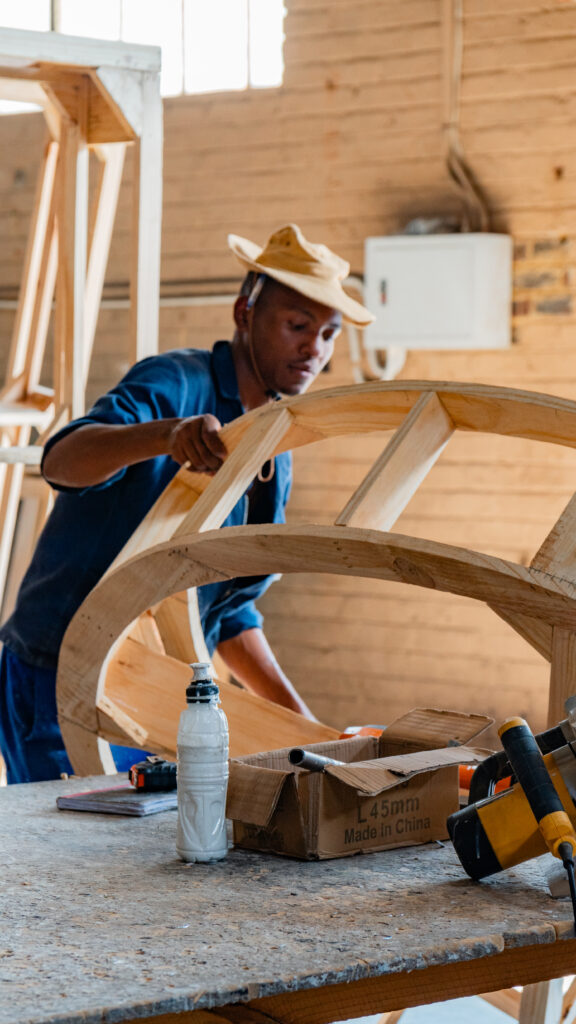
How has CloudHaus grown since its inception, and what milestones are you most proud of?
We started with an idea and a vision. Anything that showed growth was a moment worth being proud of. I try keep that same mentality. A mile stone im proud of is definity the new studio. Getting a physical space is changes everything, its been my dream for months. Also, the day
the company hit our financial revenue goal we;d been aiming for was huge for me and my parents, it helped them to see what i was doing.
How did you spend your first significant earnings from CloudHaus, and how did it impact your business?
I havnet taken out much funds for personal stuff. Outside of my rent and groceries, i pretty much reinvest everything back into the busines. We can do this interview a year from now and ill give you my proper answer.
Who has inspired you the most on your journey as an entrepreneur and furniture designer?
My biggest direct inspiration is Virgil Abloh. Honorable mentions include: Kanye West, Tadoa Ando, Bjarke Ingels, and Phil Knight. My biggest supporters are my parents and girlfriend. But i think the biggest influence i have is the people around me, and the city of JHB, especially in Maboneng, thats why my studio is there.
Do you have any mentors, and how have they influenced your business decisions and growth?
My parents are both entrepreneurs. I call them everyday to pick their brains. The support from them is more than i can ever ask for. The people around me help a ton, i wouldnt be where i am without my friends and family.
What changes would you like to see in the furniture design sector, especially in South Africa?
I’d love to see creatives explore and refine what African Design means. Creatives define the identity of a place. Its something im obsessed with. Artists in the music, specifically Amapiano space, are doing a great job at this. I think their opening the gates for everyone else who follows to share what South African creatives have to offer.
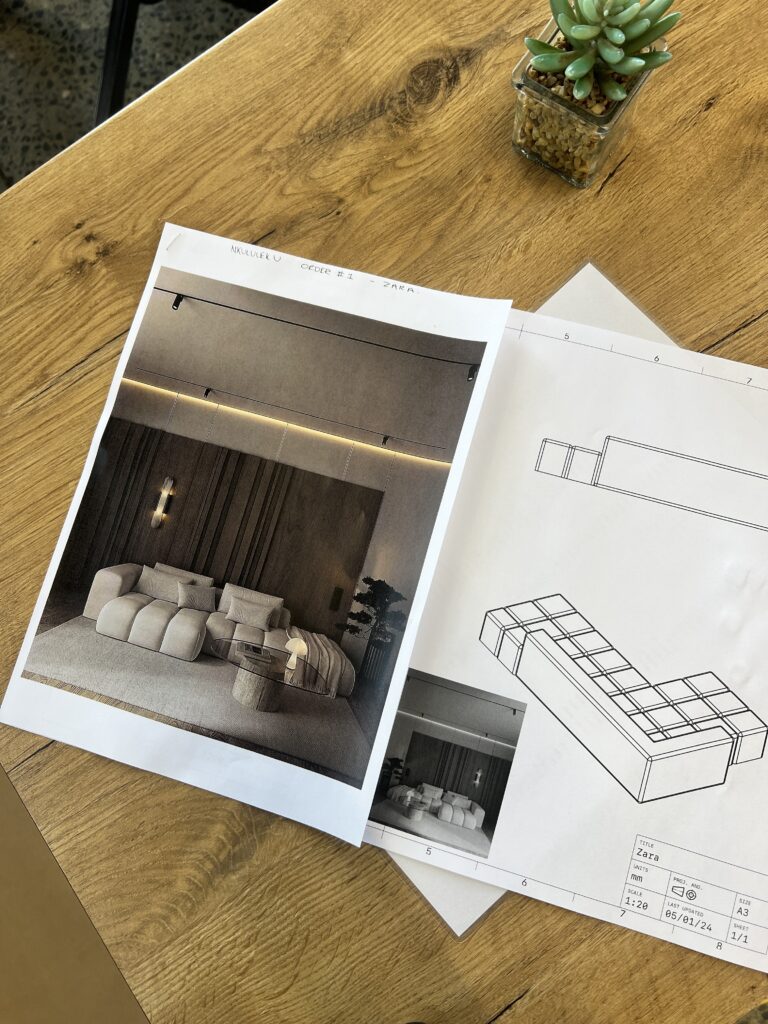
How do you personally define success, both for yourself and for CloudHaus?
If i can inspire 1 other person to chase their dreams, thats enough for me.
What funding challenges have you experienced, and how have you navigated them?
A lot of my first customers bought just off trust, i showed them my ideas and they were keen. I didn’t have a showroom or pieces to show. Just ideas. The first few orders really changed everything because it helped to fund the marketing, studio and operational costs. My good friend, Sachin, an investor in the company also played a big role in accelerating the growth of the company.
Can you tell us about your new workshop and what it means for the future of CloudHaus?
The CloudHaus Studio is based in Maboneng in Market up. A super important facility for upcoming creative entrepreneurs. I’ve had to meet customers in my factory which isnt ideal, now i can shoot content, meet with clients and design in a studio. It changes everything.
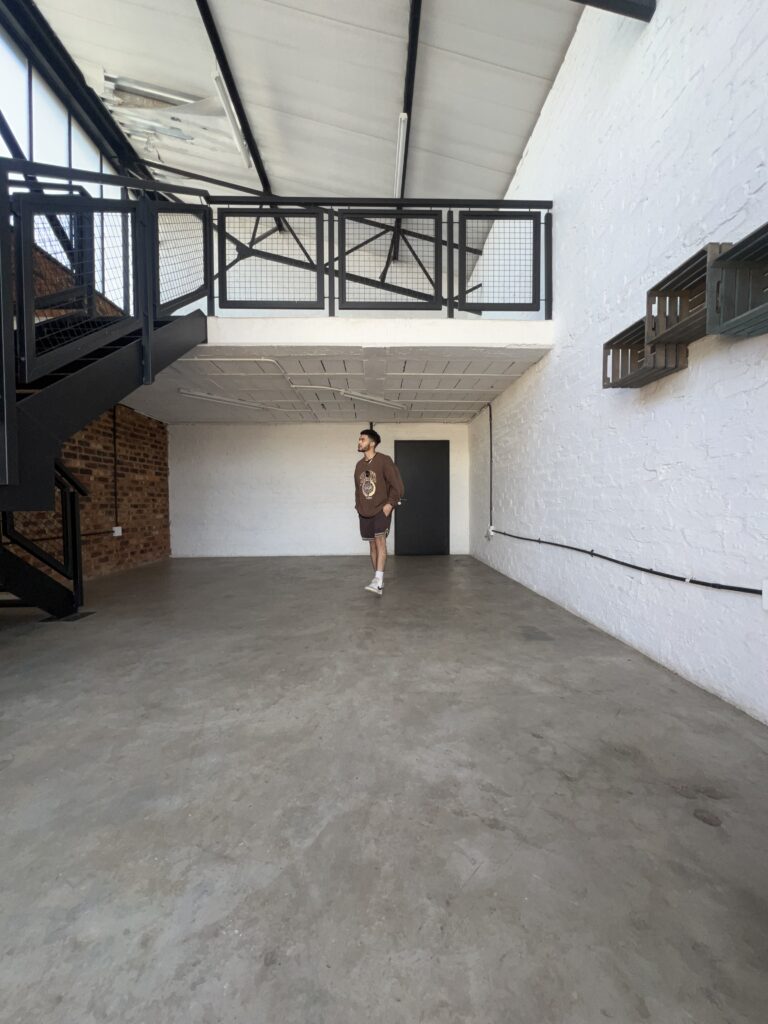
How do you ensure that the furniture you create reflects the unique personality and style of your clients?
Working with CloudHaus is a very personal experience. We learn about our clients needs, wants and personality and figure out how we can express that, not only in the piece itself, but in the space as a whole.
Can you share a memorable custom project where client collaboration played a key role in the final design?
So when I first created pebble couch, the sweet lady who commissioned the project had one of the best eyes i’ve ever witnessed. She could see the piece before it was done and she would come to the factory in her mercedes benz ,louis vuitton bag over her shoulder and literally get to designing with us. It was quite a sight but i loved her energy.
How important is client feedback in your design process, and how do you incorporate it?
Its the guiding factor isn’t it. I do sketches, technical drawings, 3d models just to help the client see the piece before we manufacture. It helps alot.

What are the key materials and techniques you use to ensure the highest quality in your furniture?
If were gonna make something unique it needs to tell a story and that story needs to last. So for me, i use high quality, durable fabrics from local suppliers. The timber and foam is both A grade, my manufacturing team is some of the best and most creative talent around, im really lucky.
Do you have any signature pieces or collections that you believe epitomize the CloudHaus brand?
Pebble couch and cloud 9 for sure. We always have new stuff coming out so check us out on socials.
How does CloudHaus foster a sense of community among clients, artisans, and design enthusiasts
We are trying to start the conversation between art, design and architecture. Our online presence has been growing and a dream of mine to have a workshop where we create your piece in a class and ill create it after the class. I think that would be dope. I would go to that.
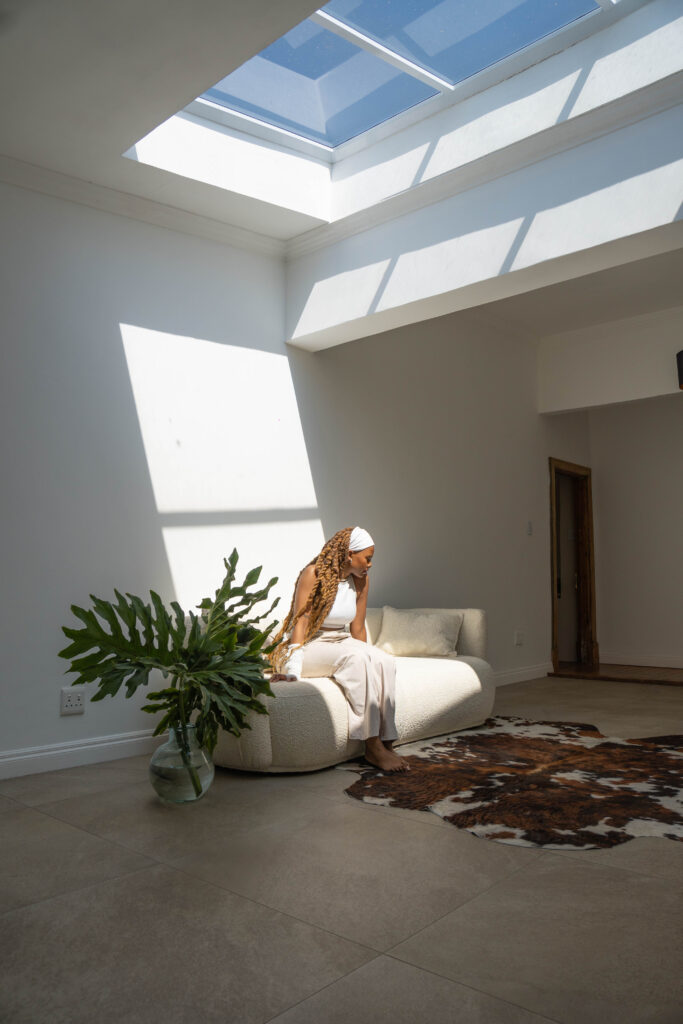
What steps does CloudHaus take to ensure sustainability in your materials and processes?
The supply chain in SA is not built around catering for sustainability, but where ever possible we use suppliers who provide sustainable timber and fabrics. Everything is hand made, from beginning to end.
Technological Innovations: Are there any innovative design trends or technologies you’re excited to explore in your future work?
Theres a hige gap between what we see vs what we get, im working on an immersive customer experience where we can get customers as close to their product, in context, as possible before buying.

